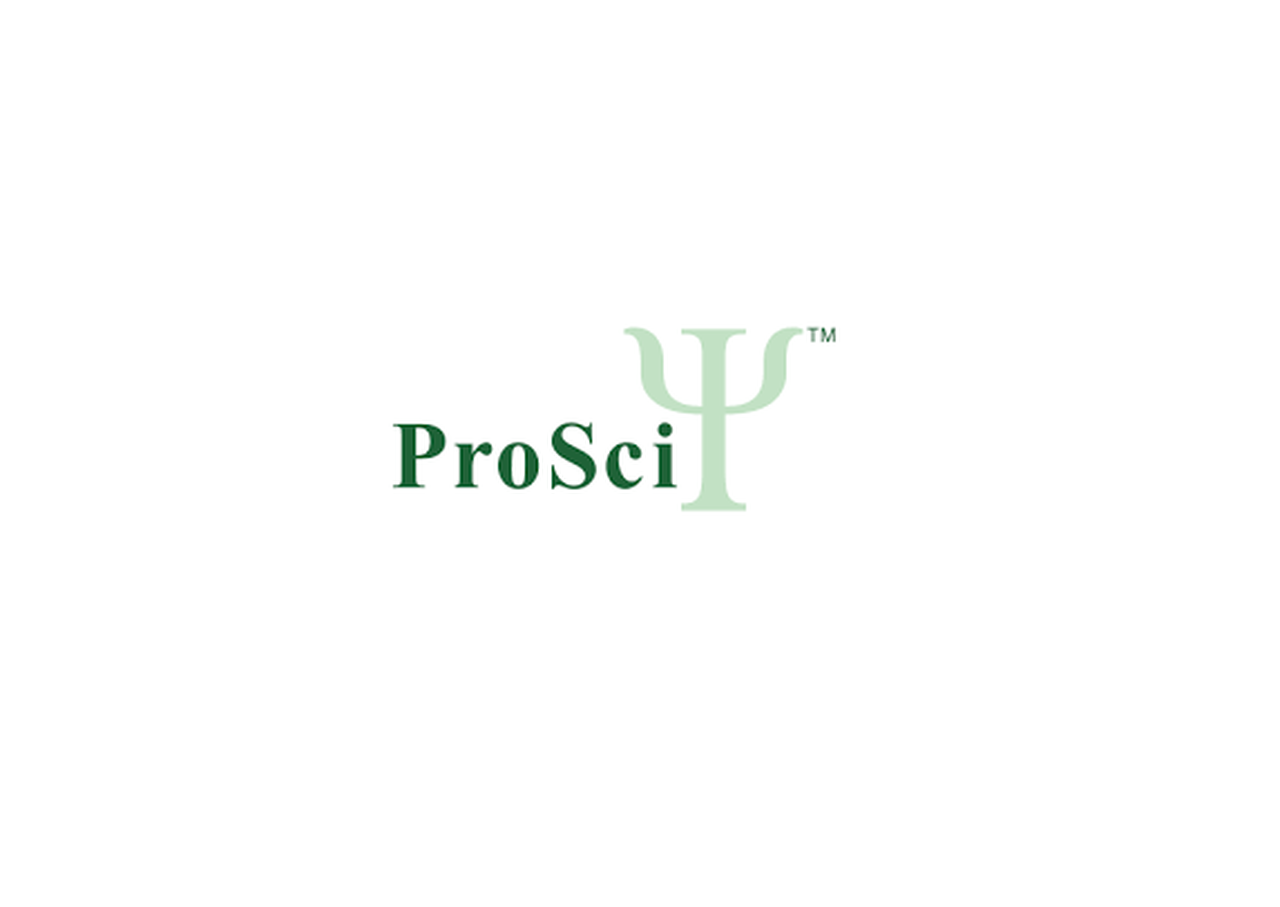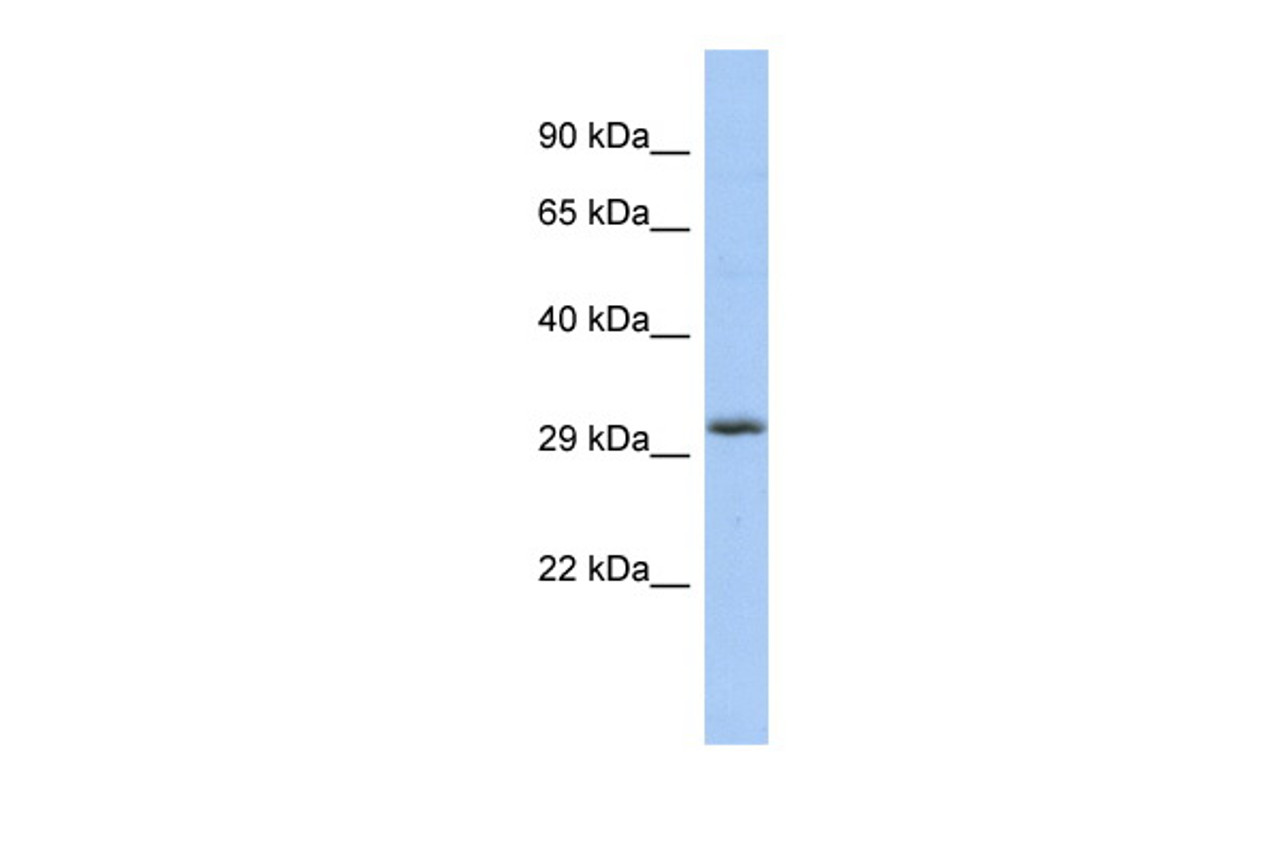Product Description
FGF13 Antibody | 27-018 | ProSci
Host: Rabbit
Reactivity: Human, Mouse, Rat
Homology: N/A
Immunogen: Antibody produced in rabbits immunized with a synthetic peptide corresponding a region of human FGF13.
Research Area: Cancer, Signal Transduction, Neuroscience, Growth Factors
Tested Application: E, WB
Application: FGF13 antibody can be used for detection of FGF13 by ELISA at 1:62500. FGF13 antibody can be used for detection of FGF13 by western blot at 1 μg/mL, and HRP conjugated secondary antibody should be diluted 1:50, 000 - 100, 000.
Specificiy: N/A
Positive Control 1: 293T Cell Lysate
Positive Control 2: N/A
Positive Control 3: N/A
Positive Control 4: N/A
Positive Control 5: N/A
Positive Control 6: N/A
Molecular Weight: 27 kDa
Validation: N/A
Isoform: N/A
Purification: Antibody is purified by peptide affinity chromatography method.
Clonality: Polyclonal
Clone: N/A
Isotype: N/A
Conjugate: Unconjugated
Physical State: Liquid
Buffer: Purified antibody supplied in 1x PBS buffer with 0.09% (w/v) sodium azide and 2% sucrose.
Concentration: batch dependent
Storage Condition: For short periods of storage (days) store at 4˚C. For longer periods of storage, store FGF13 antibody at -20˚C. As with any antibody avoid repeat freeze-thaw cycles.
Alternate Name: FGF13, FGF2, FHF2, FHF-2, FGF-13
User Note: Optimal dilutions for each application to be determined by the researcher.
BACKGROUND: FGF13 is probably involved in nervous system development and function.The protein encoded by this gene is a member of the fibroblast growth factor (FGF) family. FGF family members possess broad mitogenic and cell survival activities, and are involved in a variety of biological processes, including embryonic development, cell growth, morphogenesis, tissue repair, tumor growth, and invasion. This gene is located to a region associated with Borjeson-Forssman-Lehmann syndrome (BFLS) , a syndromal X-linked mental retardation, which suggests it may be a candidate gene for familial cases of the BFL syndrome. The function of this gene has not yet been determined. Two alternatively spliced transcripts encoding different isoforms have been described for this gene.
 Euro
Euro
 USD
USD
 British Pound
British Pound
 NULL
NULL










